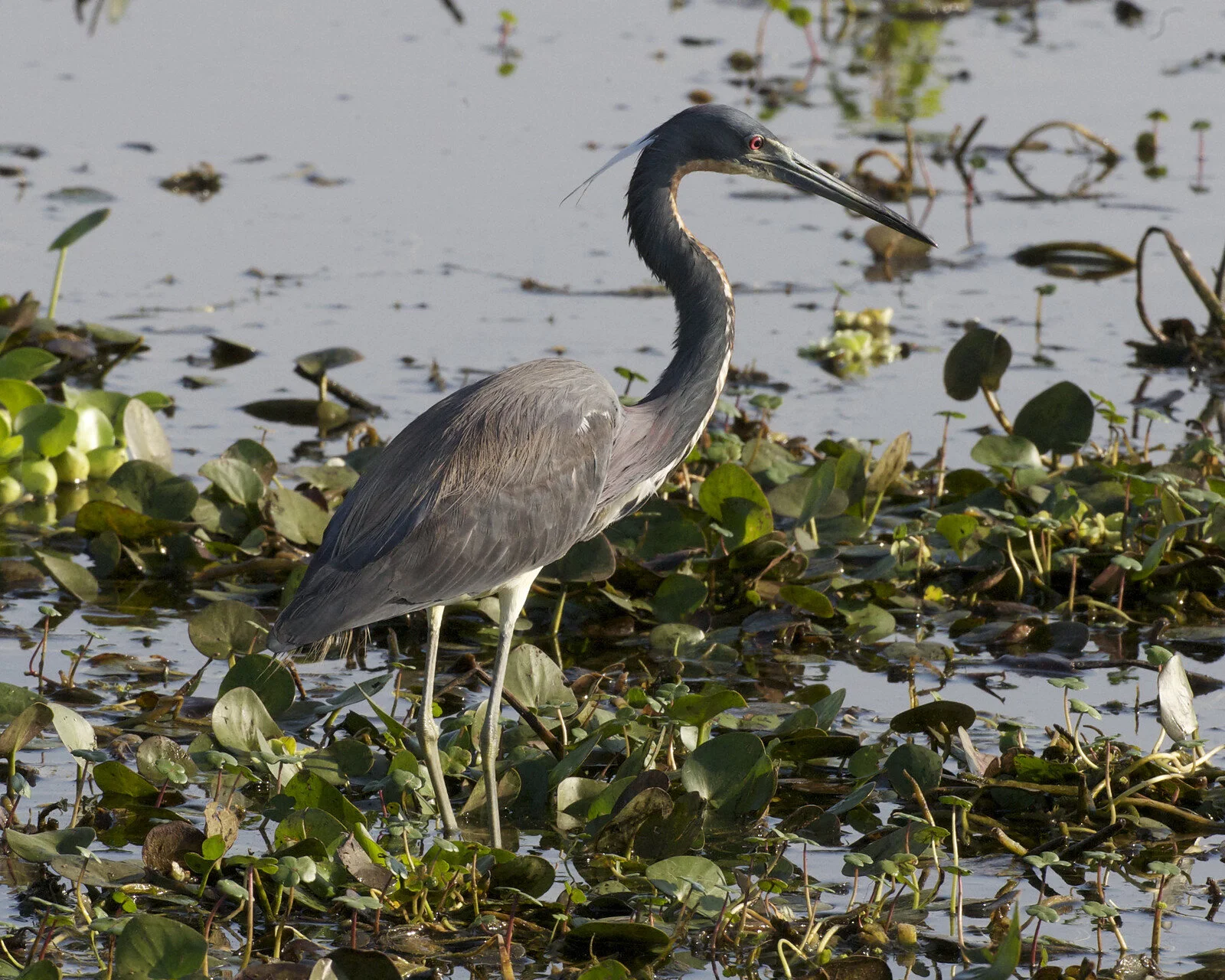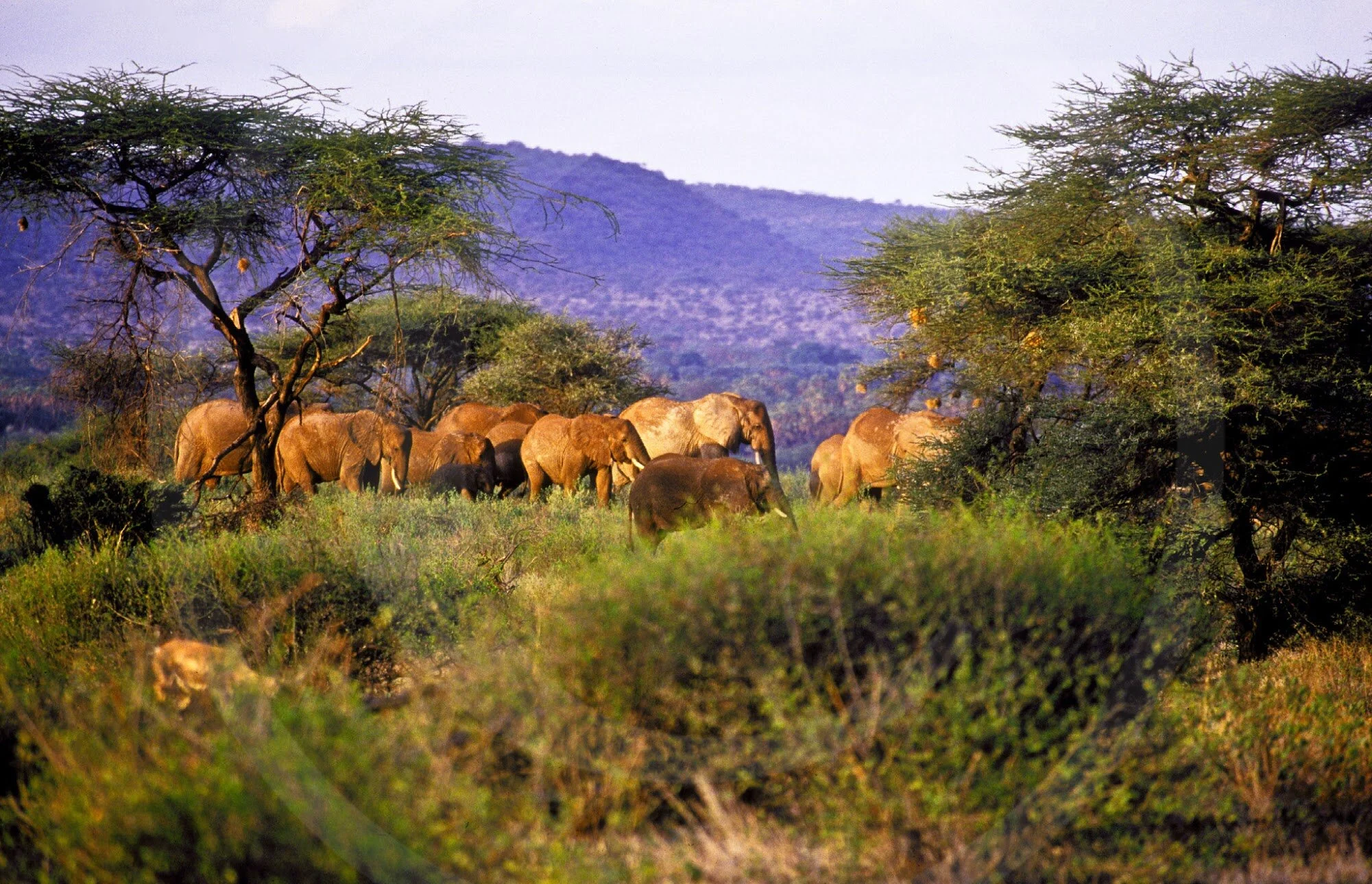by Irene Lane
 It started out as an experiment. Would I be able to travel with my six-year-old son, mother, and two aunts to a small Aegean island and actually be able to shoot a short documentary film about its ecotourism efforts in a week? The Greeks are known for many things – love of life, great food, proud history and genuine kindness, but they aren’t necessarily known for sticking to a timeline.
It started out as an experiment. Would I be able to travel with my six-year-old son, mother, and two aunts to a small Aegean island and actually be able to shoot a short documentary film about its ecotourism efforts in a week? The Greeks are known for many things – love of life, great food, proud history and genuine kindness, but they aren’t necessarily known for sticking to a timeline.
However, after a summer when the world was served numerous news stories about Greece’s near economic collapse and violent riots, I viewed it as a chance to both spend some special time with my family and shed some light on a little known good news story. Little did I suspect that the travel experience would energize me, educate my son and change a tiny island’s conservation funding prospects.
They certainly don’t make it easy to get to Alonissos. All told, the journey from Athens took two hours by bus and another three hours by boat – all of it extraordinarily scenic. We passed by some very picturesque islands including Skopelos (where the movie Mamma Mia was filmed) and, as we made our final approach toward Alonissos, some surprisingly choppy seas that reminded me of the movie Castaway, where the island was protected by a band of rough seas, yet also disconnected from the rest of the Aegean Sea.











